Hairy Vetch Seeds
Specifications:
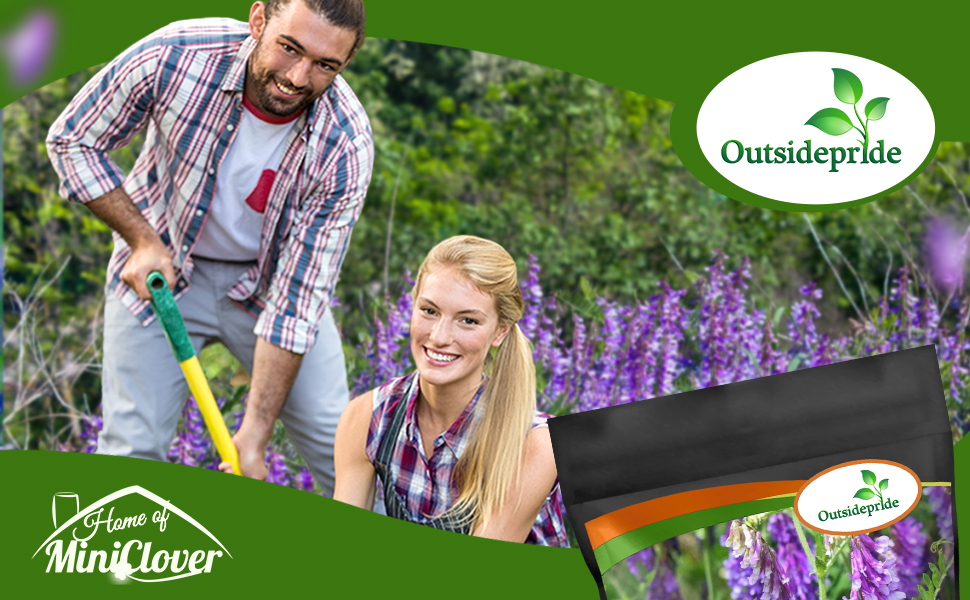
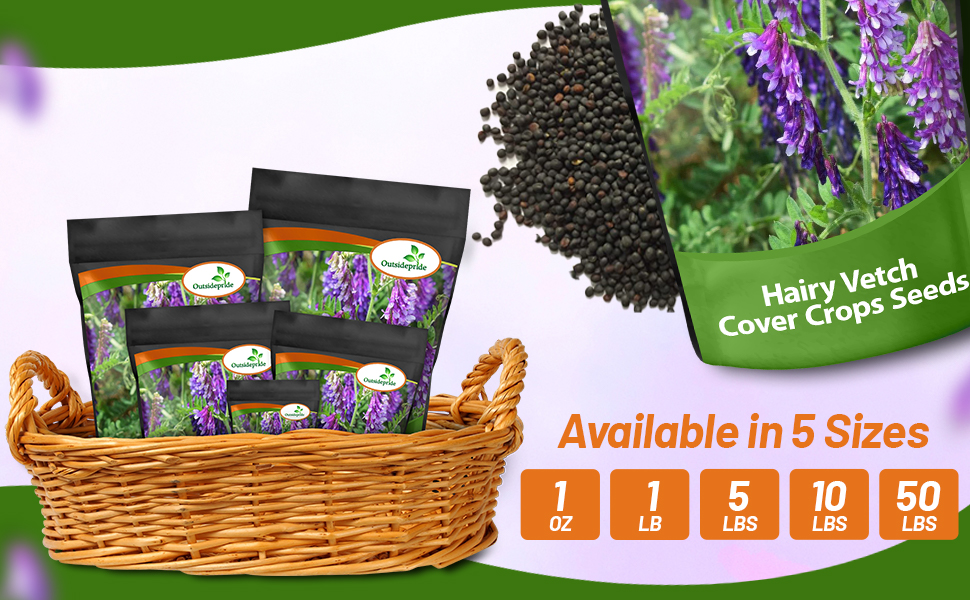
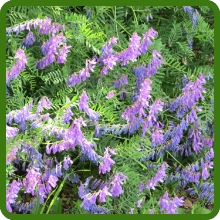

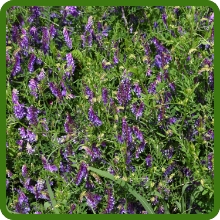


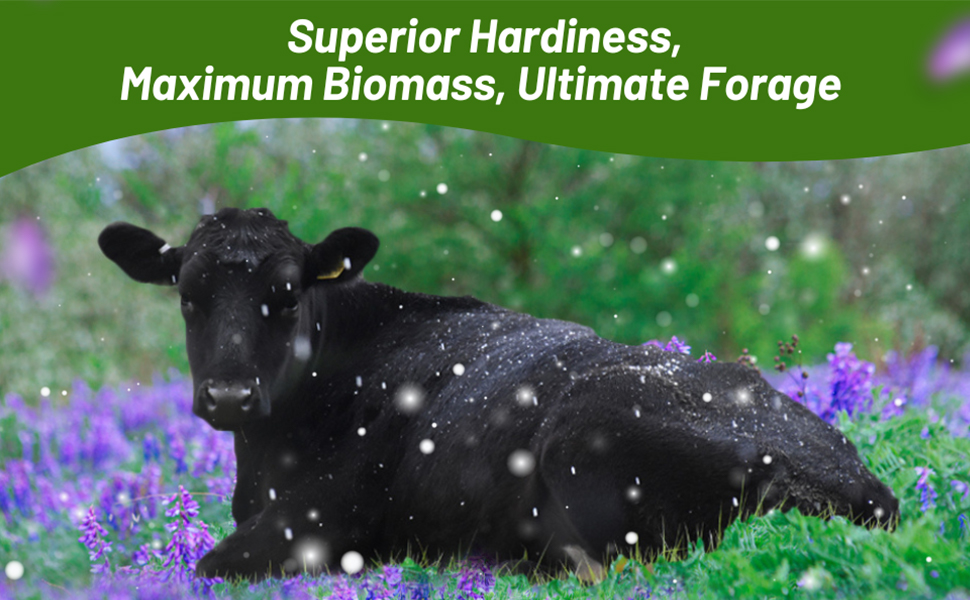
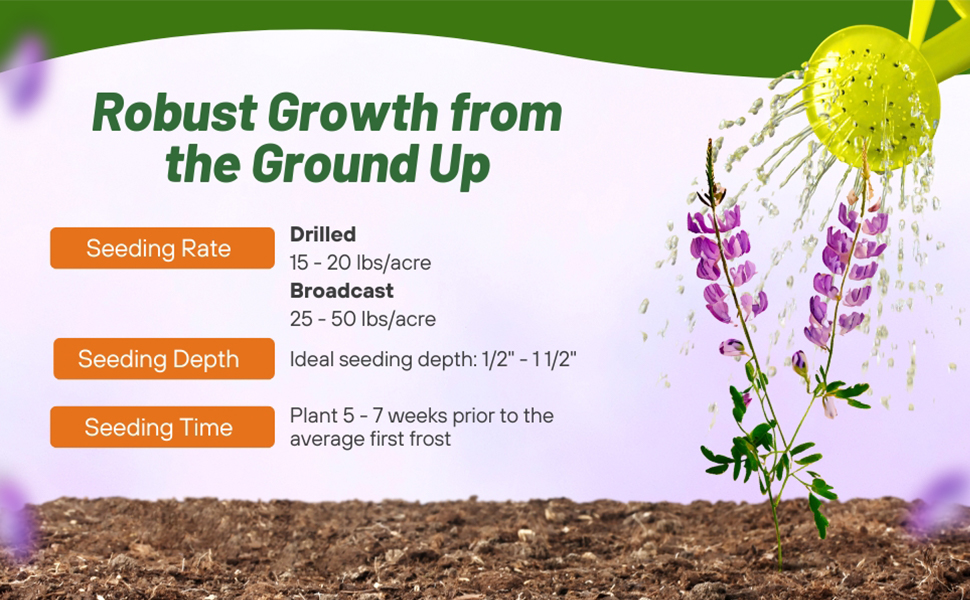








WinterKing hairy vetch has better winter hardiness equates to more biomass. More biomass provides increased forage for livestock, more biomass for cover croppers, and increased weed suppression for all. Those desiring high nitrogen-fixing legumes for green manure, forage grazing, wildlife and pollinator attractants should find WinterKing an improved option over other legumes that lack cold tolerance.
As an annual legume, hairy vetch may need to be terminated either mechanically or chemically when followed by a row crop. Some producers may find the late maturity of WinterKing reduces the potential for undesired seed propagation found in earlier maturing cover crop varieties. For livestock producers, WinterKing’s late maturity means more vegetative high value feed longer into the spring season.
WinterKing has shown potential to produce 150-200#N/acre, especially when allowed to reach maturity later in the season. This is beneficial for green manure as well as providing an extended high-protein source for grazing livestock throughout the full spring season.
Environmental preferences and Limitations
Hairy vetch tolerates cold well and is more winter-hardy than common vetch. If well-established in fall, it tolerates frozen soils, remaining dormant until spring. Warm spring temperatures bring rapid growth.
Hairy vetch seeds can be planted in soils with pH ranging from 4.9 to 8.2, but does best when pH is from 6.0 to 7.0. It can thrive in acid soils where clover and alfalfa do not grow well.
Hairy vetch does best on sandy or sandy loam soils but grows on most soil types if drainage is good. It tolerates some temporary flooding. Can withstand being flooded for long periods of time; however, stand quality and growth generally decline if there are long periods of flooding or saturated soils. It is somewhat shade-tolerant and more drought-resistant than the other vetches.
Inoculated Seed - We now offer hairy vetch seed which has been coated with an inoculant for better establishment. Nitrogen fixation is a one of the key values found in legumes and can only occur with the proper inoculation. Although many strains or Rhizobium may be present in the soil, all are not equally beneficial. With Nitro-Coat® each seed is inoculated with the correct Rhizobium strains and coated through a proven process that ensures a very high level of successful inoculation. A key to any successful establishment and early seed development is moisture. Nitro-Coat® is naturally water absorbent and helps attract soil moisture to the seed, getting your stand established quickly. This coating process which Outsidepride utilizes, assures that only the top-performing and crop-specific rhizobia will be applied to ensure your clovers reach maximum nodulation, stand establishment, and yield potential. With Nitro-Coat® each seed is inoculated with the correct Rhizobium strains and coated through a proven process that ensures a very high level of successful inoculation. The weight of the hairy vetch seeds will contain approximately 34% coating material that contains the inoculant and water holding material for better establishment and viability of the seed. There is no difference in the seeding rates between the coated and raw seed due to the increased germination and viability of the bulk hairy vetch seeds that are coated and inoculated. This coating material is not OMRI certified.
































